Why Don’t Antibiotics Work Like They Used To?
By Holly Hereau and Wayne Wright
Posted on 2018-02-23
Why don’t antibiotics work like they used to? is an NGSS-aligned storyline developed by the Next Generation Science Storylines Project that focuses on natural selection and other mechanisms of evolution. Wayne Wright and I (Holly Hereau) teach science at Thurston High School in Redford, Michigan. We implemented this storyline with our 11th-grade honors biology and general biology classes in spring 2017 and again in fall 2017 with a revised version following professional development on how to support a classroom culture of “figuring out”.
The first part of the curriculum is anchored on the phenomenon of antibiotic resistance. Students meet Addie, a little girl who is on the brink of death after contracting methicillin-resistant staphylococcus aureus (MRSA). The class decides that the problem of antibiotic-resistant bacteria should be investigated. Students have many interesting ideas and share their questions with the class. Students create a Driving Question Board (DQB) that helps them determine what kinds of questions must be answered to help them explain this problem. The questions they ask can be organized into two types: questions about what is happening inside Addie’s body and questions about what is occurring outside her, including which environments she was in and what symptoms are occurring in other infected people (the growing prevalence of cases over time).
Students first decide to answer questions focused on bacteria transmission, including where bacteria exist and how to prevent their transmission to humans. Students perform investigations and observe that the “invisible” bacteria can become “visible” if they are moved to an environment such as a petri dish containing food.
The students also plan investigations to discover where bacteria can be found, how bacteria might be transmitted to humans, and what might be used to eliminate those bacteria. Armed with these findings, they explore the effects different concentrations of antibiotic might have on the bacteria. They then plan another investigation to discover if bacteria found growing in different environments (in the presence or absence of antibiotic) might respond differently if introduced to a new environment with the same antibiotic concentration. Time-lapse videos, informational readings, computer simulations, and student-created mathematical models help them comprehend how bacteria reproduce, compete for resources, and interact with antibiotics. With this knowledge, students understand that the scenarios in the computer simulations and in our petri dishes help explain what was happening inside Addie.
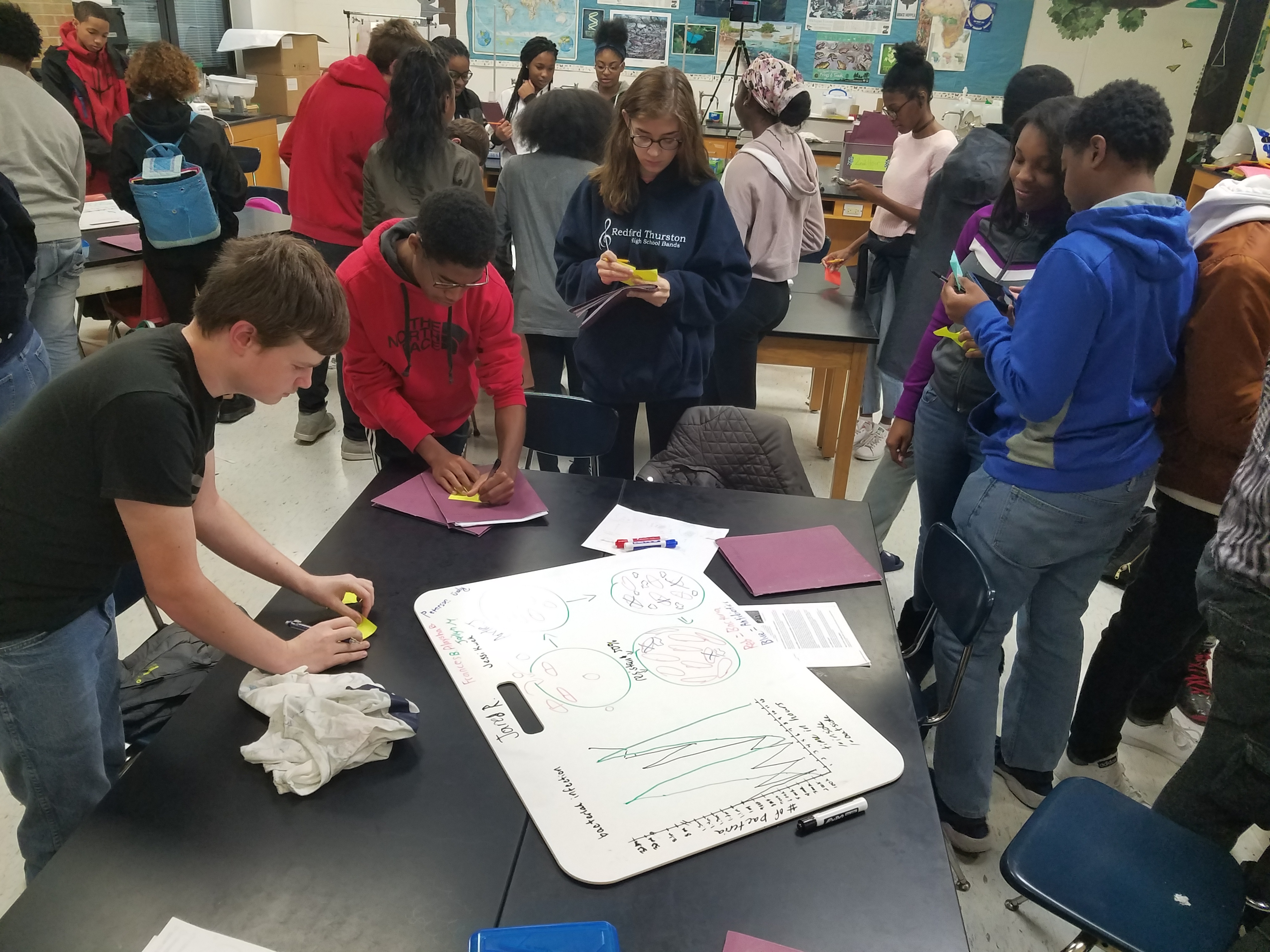
Students create and repeatedly revise a model that ultimately shows trait variation in a population of bacteria; individuals with certain traits are shown to survive and reproduce better than others when exposed to antibiotics. This causes the next generation of bacteria to have a higher proportion of individuals with the advantageous trait than the previous generation did. Students extend this model to explain how this mechanism (natural selection) is responsible for populations of bacteria becoming resistant to antibiotics over time. The students use this knowledge to create an infographic that educates the community about why proper antibiotic use is so important.
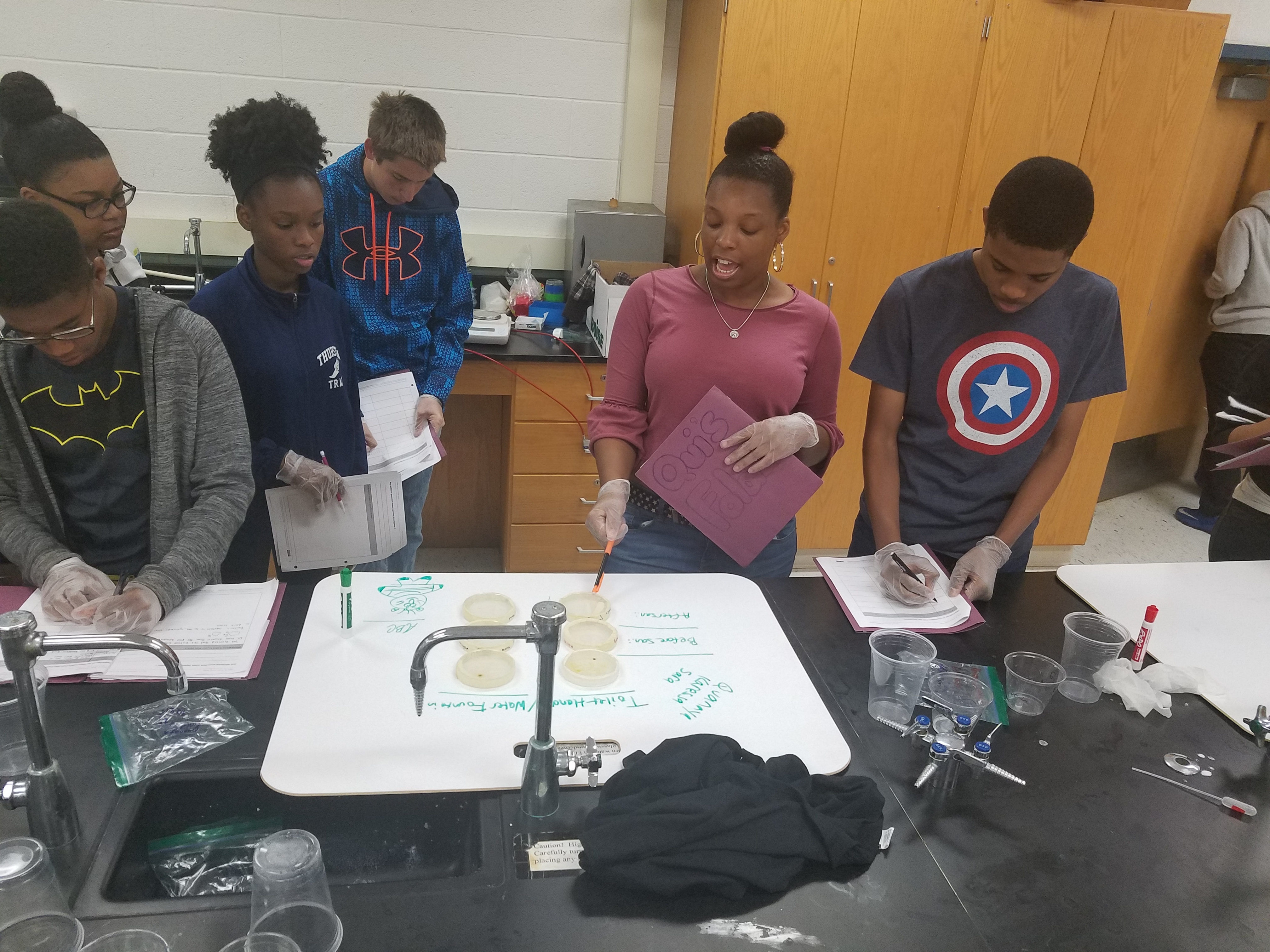
The second part of the curriculum focuses on determining if the student model explains how other living things have changed over time. To do so, students explore two populations of birds: a junco population on the University of California, San Diego campus and another that migrates between the campus and Mt. Laguna. These bird populations have changed due to non-random mating, migration, and mutations. Video clips help students gather information about the differences in these populations and inspire the class to create a DQB. The questions fall into these categories: Are their traits learned or inherited? What role does the environment play in how the birds have changed, and why they stay? Are the birds the same type/species of Junco? How different are the juncos? Are they different enough to be two different species?
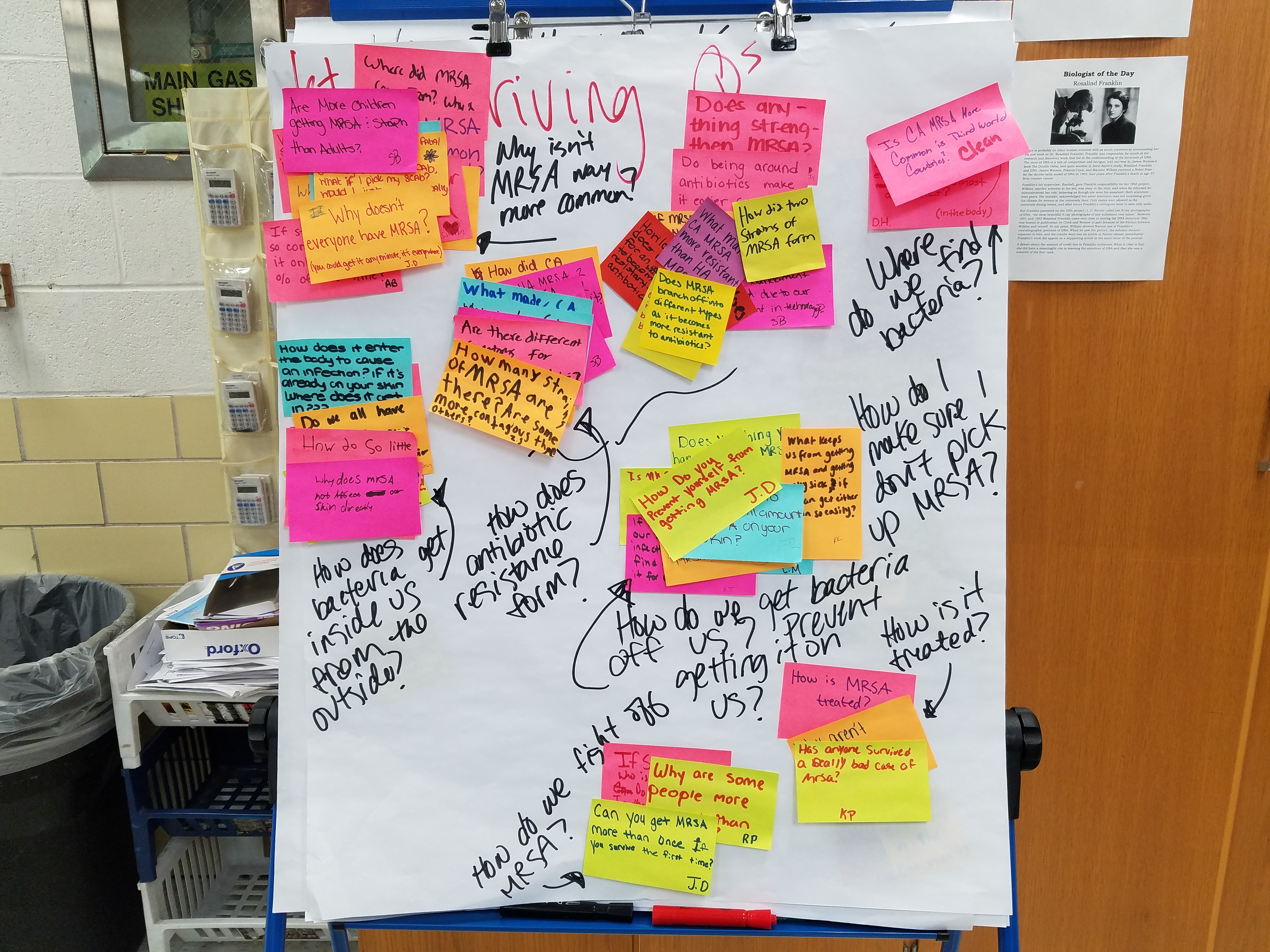
As they did earlier, students determine what kinds of investigations are needed to answer the questions on our DQB. The class analyzes data sets that have been excerpted from peer-reviewed journal articles and watch video clips showing different aspects of the birds’ characteristics, behavior, and environment. To conclude the unit, we collected all of our evidence and find we can use our expanded model to explain how all life on Earth has changed over many millions of years.
Alignment to NGSS
Teacher Guide
The curriculum and materials are well planned and cohesive. For each lesson, the teacher guide includes the question to be answered by the lesson, the Performance Expectation(s) we’re working toward, the DCIs and CCCs addressed during the lesson, and the related phenomena. Each lesson also provides “where we’ve been” and “where we’re going” statements that coherently tie lessons together. Finally, the guide has a a list of materials needed for the lesson, including direct links to videos, articles, or student activity sheets, and a brief description of background knowledge that would be helpful for the teacher to know.
The teacher guide also provides a detailed plan with pacing cues and suggested prompts to keep discussions productive, a dedicated space for teacher support and notes, and guidance and specific strategies for class discussions. Most important, the guide offers examples of student work that enable teachers to envision student products. The guide’s clarity and organization make daily preparation uncomplicated and allows all teachers to use this unit, including those without prior NGSS experience or strong content background knowledge.
To make sense of the phenomenon in this storyline, students ask questions, conduct investigations, and create and revise conceptual and mathematical models; they construct arguments by supporting ideas with evidence as they engage in discourse with their peers—allowing them to give and receive plentiful feedback from one another and from the teacher. A wide range of texts, infographics, Centers for Disease Control articles, scientific journals, graphs, and data sets are used to help students make connections, extend their learning, and formulate new questions as they discover what they still need to investigate. The literacy pieces embedded in the unit are strategically employed to enable students to answer questions beyond the scope of each text.
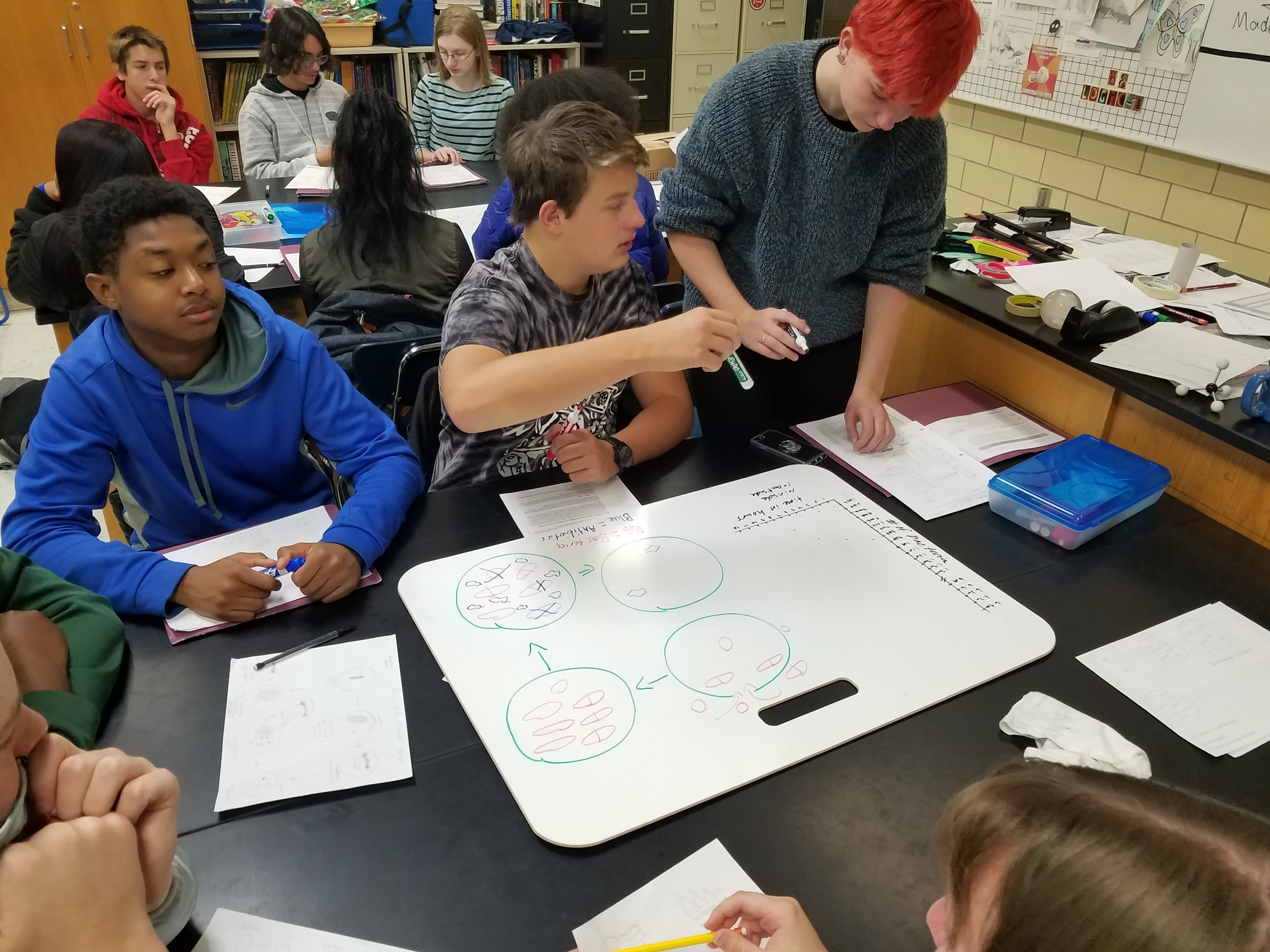
We revised the unit to encourage students to return more frequently to the DQB to reflect on what they have determined and what they still need to investigate. The prompts embedded in student activity sheets provide actionable evidence to determine learning outcomes, and teachers can check these to ascertain what students can do with their knowledge.
The first time we taught this lesson, we did not have access to the pre- and post-tests and had limited familiarity with 3-D assessment, so we felt we needed to supplement this unit with quizzes. The second time we taught the unit, we had access to the pre- and post-tests, along with training on 3-D assessment writing, which allowed us to be more mindful about identifying and selecting specific prompts from student activity guides to use as formative checks. We are currently contributing suggested questions for a revised teacher guide so teachers can be more purposeful about the ways they choose to use prompts.
We also added a video/Public Service Announcement that our students created as part of their final assessment; this allowed students to get more practice with providing formal critical feedback to groups. We were fortunate to work with Trisha Shelton, who introduced us to Alan Marnett and Benchfly— an online platform that gave our students the ability to exchange critical feedback with students from a school in Kentucky, as well as students in other classes at our school. This added a level of importance and authenticity to their PSA. We hope to continue to use this platform to give students experience with the skills necessary for success in our current digital landscape.
Other Important Considerations
Next Generation Science Storylines are created by some of the best thinkers in the science education field, along with many talented classroom science teachers. Their goal is for teachers to implement NGSS, and they know this will only happen if teachers feel they have access to a quality curriculum. However, teachers need a few key activities to help students benefit the most from these storylines.
- Productive Talk. Creating a safe culture in your classroom where productive talk can happen is imperative for the successful implementation of any NGSS Students need to feel secure about sharing their ideas and questions. It is important for all voices to be heard and that discussion is equitable in the classroom. This has led us to consider “untracking” our school’s science classes so students can learn from all of their peers.
- Driving Question Board. This unit, like all Next Generation Science Storylines, requires teachers to understand how to use a DQB. Effective use of a DQB subtly guides students in the direction they take with questioning and discussion. When teachers use the DQB correctly, students will essentially drive the direction of the unit.
- Support. Because we participated in a summer workshop focused on learning while teaching, we now have a deeper understanding of how productive talk and DQBs are so important; this informed the teaching of this storyline and the rest of our classes accordingly. A key idea we realized is not only how crucial it is for teachers to have training in NGSS, but also for them to simultaneously have access to and try high–quality NGSS-aligned materials. Concrete examples that allow teachers to experience how NGSS classrooms will look and feel will be important for universal teacher acceptance. Ultimately, learning to teach with NGSS is more powerful than simply learning about
We are very excited about this unit and the Storyline Project overall and encourage other teachers to become familiar with them. These lessons are purposeful, memorable, and meaningful to students. Coincidentally, after completing this unit, a letter went home to families in our district to inform them that one of our ninth-grade students was being treated for MRSA! We heard from several teachers in the building that our students were helping to “dial back the panic” by educating others about what MRSA is and how to stay MRSA-free.
We can’t say thank you enough to everyone we directly worked with during implementation—Brian Reiser, Michael Novak, Tara McGill, Trish Shelton, Kelsey Edwards, Aliza Zivic, and Trey Smith—as well as others who worked behind the scenes. This team is passionate about making quality NGSS curriculum accessible to all teachers, so all students can have equitable science experiences. We strongly believe that these materials provide a viable pathway to reach that goal.
References
Next Generation Science Exemplar. “Learning with NGSX.” Accessed February 8, 2018, http://ngsx.org/index.php/public/learning-ngsx/
Next Generation Science Standards. “EQuIP Rubric for Lessons & Units: Science.” Accessed February 8, 2018, https://www.nextgenscience.org/resources/equip-rubric-lessons-units-science
Next Generation Science Storylines. “Tools for creating and working with storylines.” Accessed January 29, 2018, http://www.nextgenstorylines.org/tools/
Next Generation Science Storylines. “Why don’t antibiotics work like they used to?” Accessed January 29, 2018, http://www.nextgenstorylines.org/why-dont-antibiotics-work-like-they-used-to
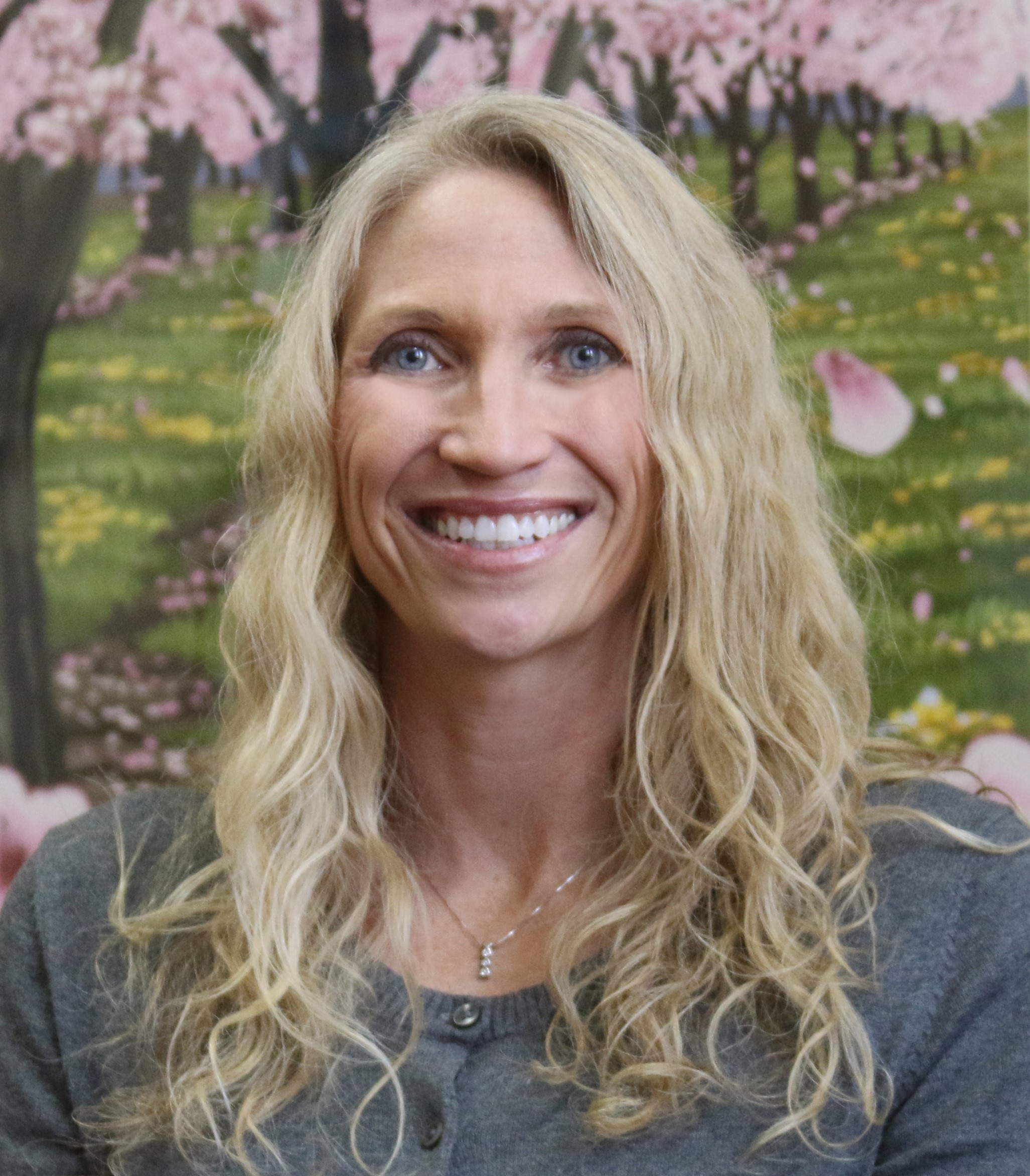
Holly Hereau
Holly Hereau is a biology and environmental science teacher at Thurston High School in Redford, Michigan, and at Macomb Community College, in Warren, Michigan. She is currently training to become an NGSX facilitator and is a new member of Achieve, Inc.’s, Science Peer Review Panel. She holds a bachelor’s degree in biology from Grand Valley State University and studied Entomology at Michigan State University before earning a master’s degree in education at the University of Michigan. In addition to NGSS implementation, she is passionate about providing experiential and place-based learning opportunities for students. Connect with her on Twitter at @hhereau.
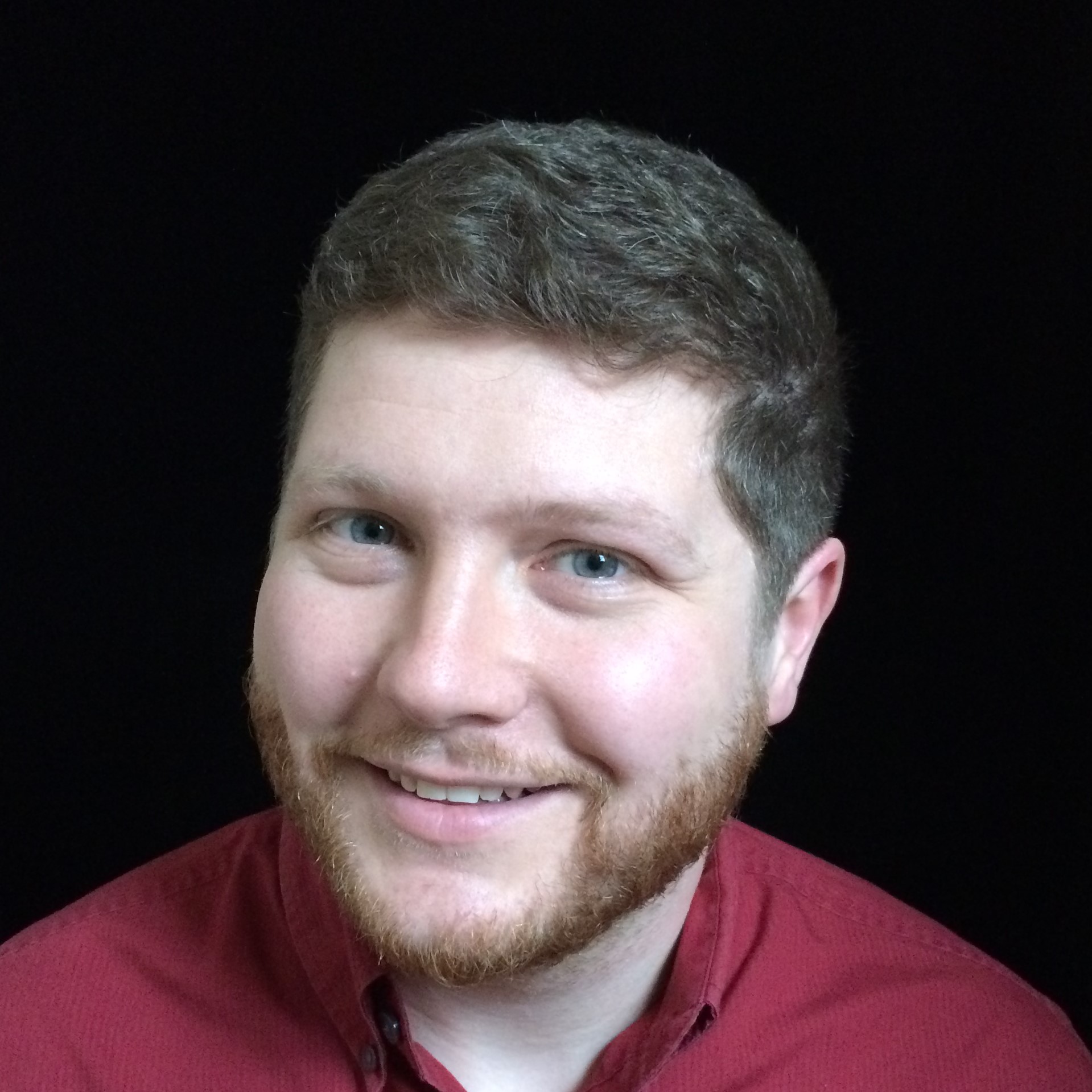
Wayne Wright
Wayne Wright is an NGSS enthusiast! He’s taught science for nine years; five of them at Thurston High School in Redford, Michigan. Wright recognizes that the shift in the NGSS mindset has revolutionized his classroom and changed how students experience science. Since diving into NGSS, he has given a talk at MIStemTalk17, presented at the Science Leaders meeting at Wayne RESA, and has hosted for a week the NGSS_Tweeps Twitter account. Wright also has been working with Northwestern University on the Learning While Teaching pathway and piloting their antibiotic resistance storyline, and with Michigan State University piloting the program, Carbon Time. He is currently working to become a NGSX facilitator. Follow him on Twitter @wewright1234
This article was featured in the February issue of Next Gen Navigator, a monthly e-newsletter from NSTA delivering information, insights, resources, and professional learning opportunities for science educators by science educators on the Next Generation Science Standards and three-dimensional instruction. Click here to sign up to receive the Navigator every month.
Visit NSTA’s NGSS@NSTA Hub for hundreds of vetted classroom resources, professional learning opportunities, publications, ebooks and more; connect with your teacher colleagues on the NGSS listservs (members can sign up here); and join us for discussions around NGSS at an upcoming conference.
The mission of NSTA is to promote excellence and innovation in science teaching and learning for all.
2018 National Conference
NGSS Workshops
2018 STEM Forum & Expo, hosted by NSTA
2018 Area Conferences
Follow NSTA
Disclaimer: The views expressed in this blog post are those of the author(s) and do not necessarily reflect the official position of the National Science Teaching Association (NSTA).
Biology Disciplinary Core Ideas Evolution Instructional Materials Lesson Plans NGSS Phenomena Science and Engineering Practices Teaching Strategies Three-Dimensional Learning High School


